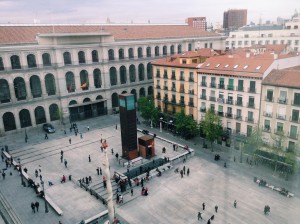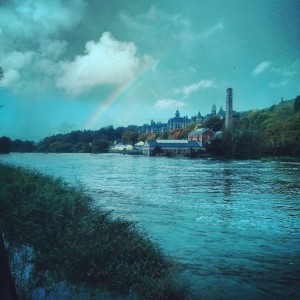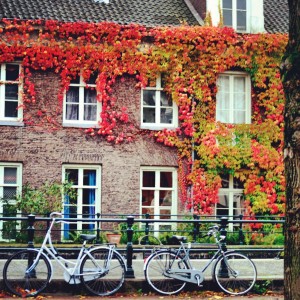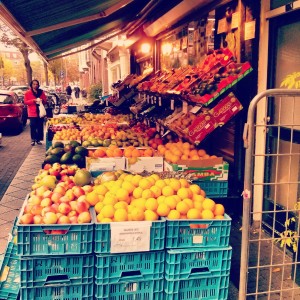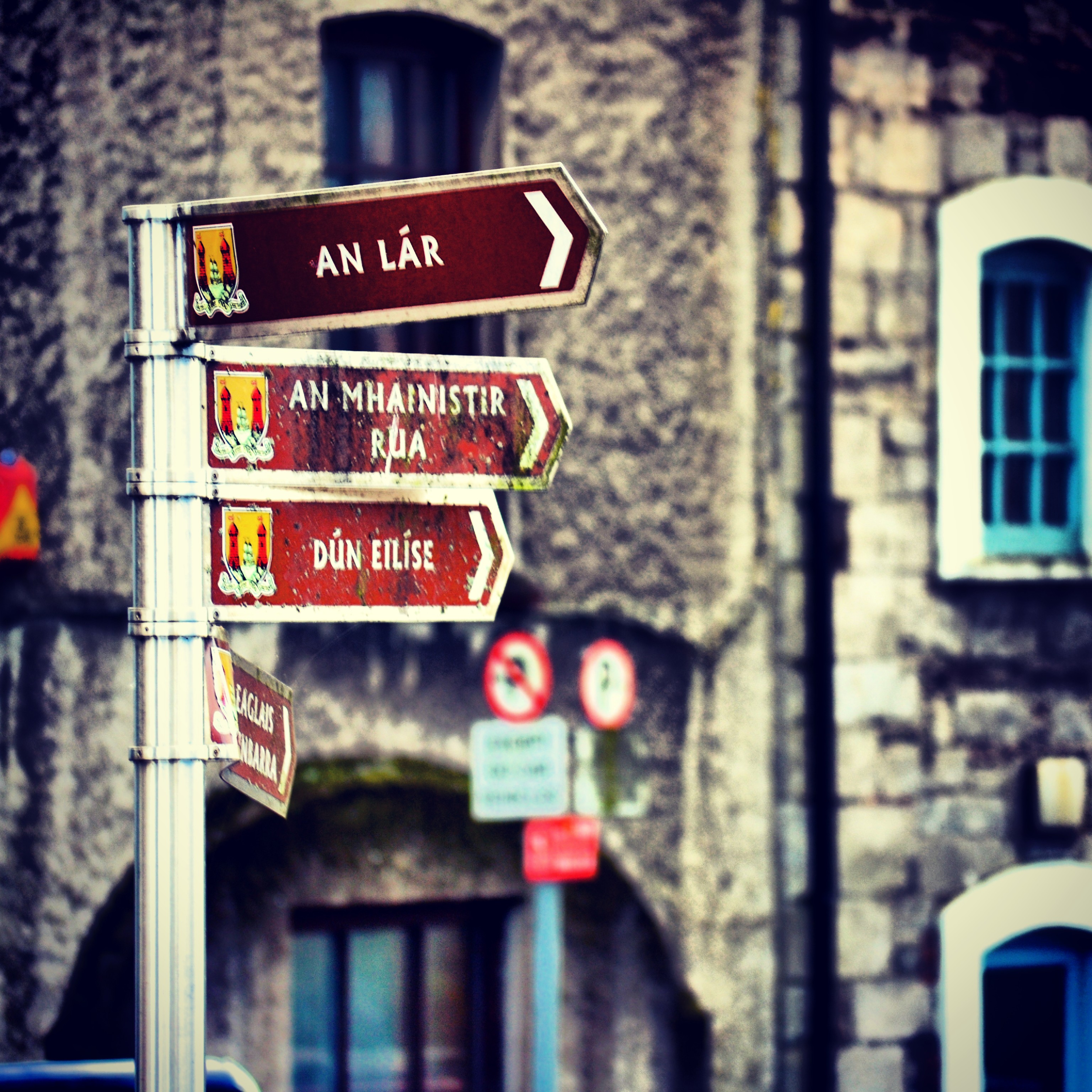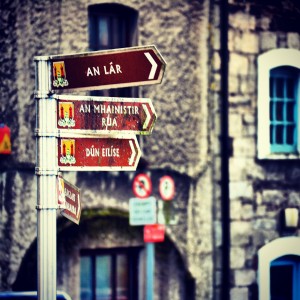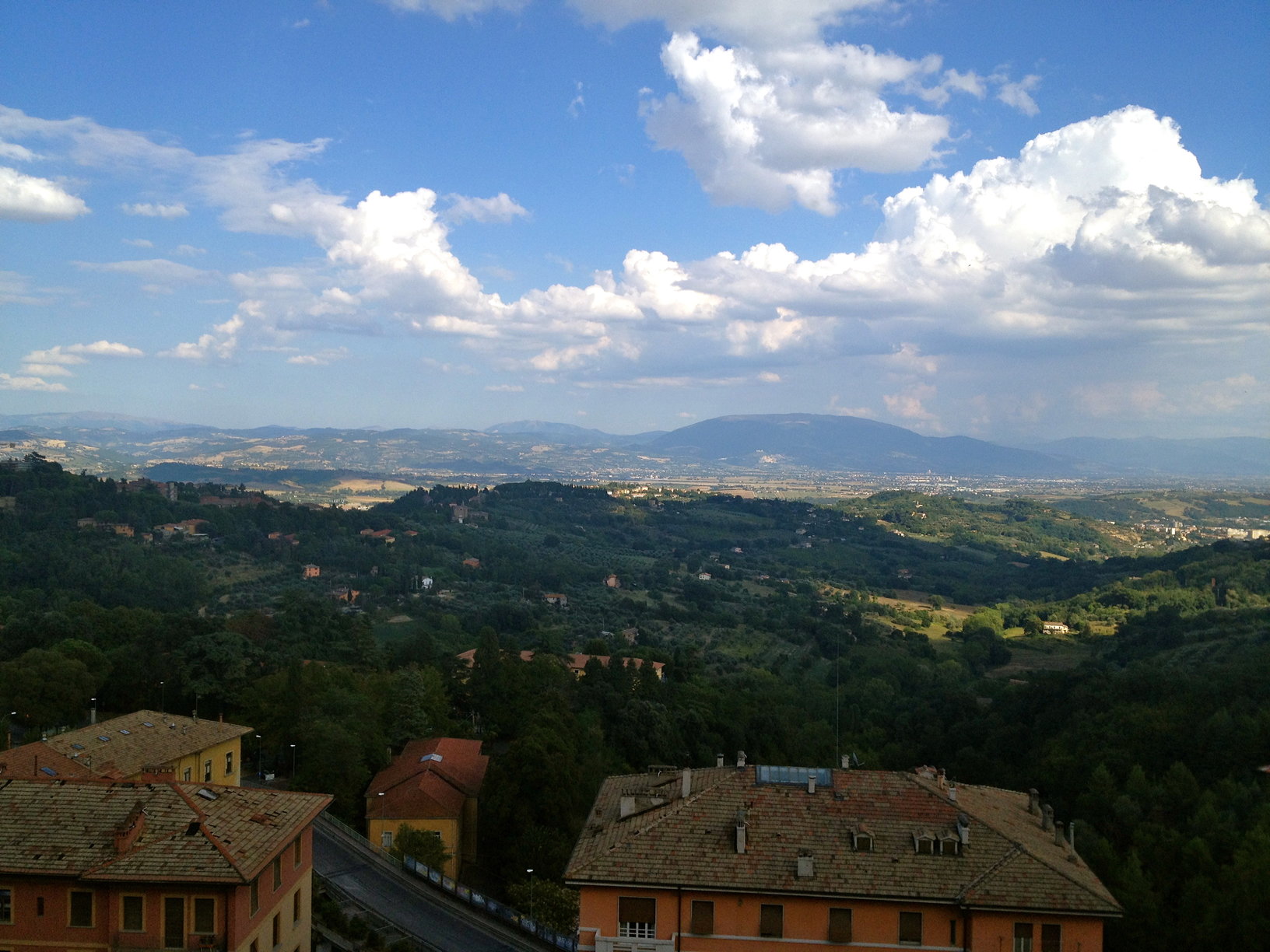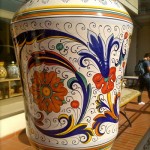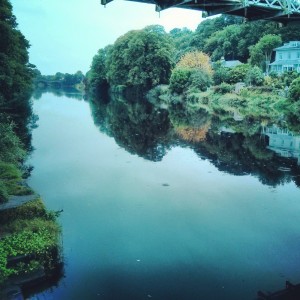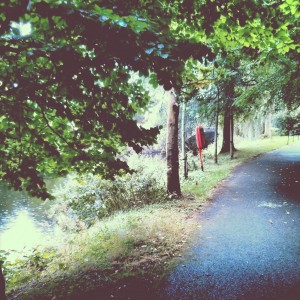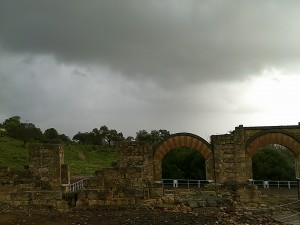Incredible India
This week is the two month mark of my fall semester in Bangalore, India. Two months? Already? I honestly could not tell you where the time has gone, but I’ll attempt. I came here with a whole list of preconceptions, fears, and expectations — along with a whole bunch of butterflies, nerves and excitement. The past two months have been some of the most incredible moments of my life.
Before arriving, I tried to put into words the five things that I thought would astonish me the most.
The crowds; India is the most densely populated country in the world.
The sounds; since it’s so crowded, and Bangalore is a huge city, I imagined it to be noisy and full of the bustling sounds of city life.
The smells; I imagined street foods mingling with pollution — you can’t have this many people without a few bad smells here and there.
The colors; I pictured vibrant colors, lush vegetation courtesy of monsoon season.
The complete and utter differences of a culture nothing like my own; no further explanation needed.
After two months of being here, these things have become my reality. They have both fulfilled and exceeded my expectations; they have completely astounded me and left me speechless more times than I can say. Let me explain.
The abyss; this was not something that I had even come close to imagining. India is an up and coming country, and as such there are a certain number of infrastructural issues. Like the sidewalks. Eating/drinking on the go is not a part of the culture in any way here and the reason is simple. If you don’t keeps your eyes on the ground as you walk, you will most definitely fall into the abyss that is beneath the already difficult to navigate streets and meet certain death. Maybe that’s a bit of an exaggeration, but it’s not a theory I’m really willing to test.
The SOUNDS; I have the good fortune of living on the third floor of our apartment building, but still the noise can be deafening at times. Honking is constant — it feels like drivers simply honk to say “hi!”, and they are overly friendly. There are constantly dogs barking, motors revving, horns honking, people talking, cows (yes cows) mooing — the sounds are endless. It brings a sort of vivaciousness to the city and creates a rhythm like I’ve never experienced.
The smells; I mentioned cows. So just imagine that for a second when thinking about the smells of India. The trash is definitely a problem, but it’s not all bad. The street food exists, and the curry. The curry is to die for. Living in South India makes for a completely different style of food than what I tended to think of as Indian. But, you can still get delicious North Indian curry and it is phenomenal.
The colors; exactly what I expected — but more so. There are flowers everywhere. The sarees are incredible. The temples are vibrant. Although the problems of poverty are evidenced everywhere, the colors make everything seem decadent. Even through the dirt, the beauty of India is so apparent.
As I have adjusted to life here, there are things that I’ve grown to hate. But more commonly, there are things that I’ve grown to love. There are moments that I think, how did I go 21 years without this? Each day is a new adventure, and I fall more and more in love with India with each passing minute.

